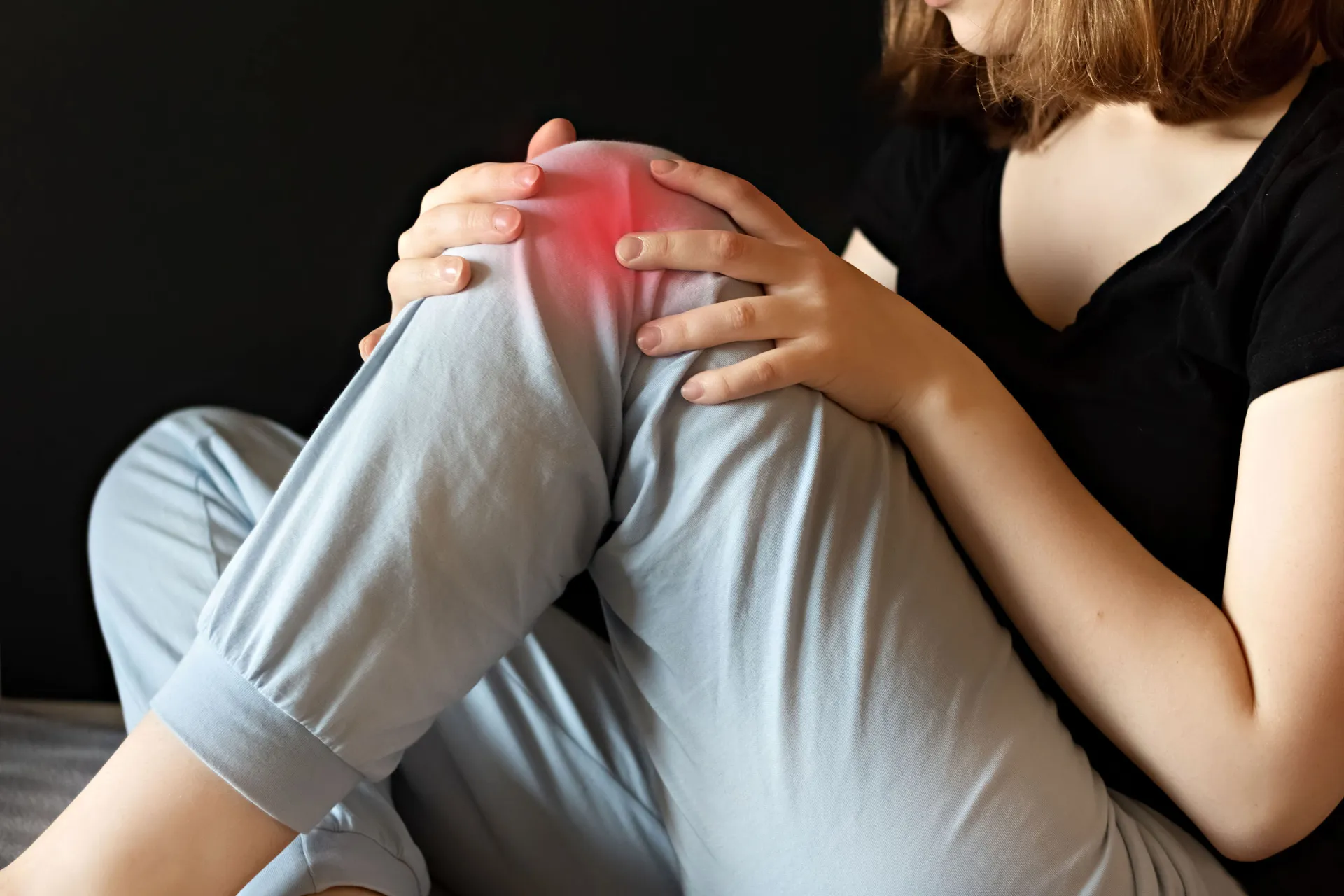Arthritis
Arthritis
Arthritis is a broad term used to describe inflammation of joints. Over 10 million people in the UK suffer from some form of arthritis.
There are over 100 different types of arthritis, but the most common forms include osteoarthritis, rheumatoid arthritis, gout, ankylosing spondylitis and psoriatic arthritis. Each type of arthritis presents unique challenges, but they all share two common factors: decreased joint mobility and discomfort.
Osteoarthritis
This is the most common form of arthritis, with over 8 million people diagnosed with it in the UK.
It may be caused by age-related degenerative changes or from overuse or injury to a joint. When the cartilage between the joint surfaces becomes damaged, the body will start a process to try and repair this tissue and inflammation will be caused as part of this process. If the joint suffers injury during this process, this may cause increased pain and swelling. If the rate of repair of cartilage fails to keep up with the damage to it, the cartilage becomes progressively more damaged and fails to cope with the load being placed on the joint.
Healthy, strong connective tissue, including muscle and fascia, play an important role, acting as shock absorbers for the joint. Therefore, keeping the muscles supporting the joint as strong and flexible as possible, plays an important part in joint health.
Rheumatoid Arthritis, psoriatic arthritis and ankylosing spondylosis are autoimmune conditions where the body’s own immune system starts to attack joints. They each have specific presentations and symptom patterns. They are forms of inflammatory arthritis and usually more painful and may lead to more stiffness than OA.
How do we treat.
Every patient will require an individual approach which may include nutritional and lifestyle management.
Osteopathy can often help manage osteoarthritis effectively.
We use joint mobilisation, along with soft tissue massage, medical acupuncture and low light laser therapy to help to reduce pain and increase joint mobility. The extent of damage to the joint will determine which techniques are appropriate
Exercise prescription is also very important. Healthy, strong muscle acts as a shock absorber, protecting joints from excessive loading.
However, osteoarthritis can cause the muscles around affected joints to become shortened and painful. Some muscles will even begin to atrophy around affected joints. We believe using hands-on techniques to stretch muscles, mobilise joints and reduce pain make the therapeutic exercises we prescribe easier, less painful and more effective.
Inflammatory arthritises require medical management to prevent excessive joint damage. However, osteopathy, acupuncture, exercise and nutritional support may be able to help reduce pain and manage your condition.

Emyr Lloyd-Jones is very thorough and has a firm touch which gets to the root of the problem. He takes the time to ask for the symptoms and suggests ways to improve the issue. He is also very personable and makes the session as pleasant as possible.

I had not previously used an osteopath. Emyr was great at explaining what would happen and was very reassuring.

Brilliant knowledgable good calm manner explains everything well in a language you understand

Emyr has helped with a course of treatment on two separate occasions, once for my back and once for a shoulder issue. Excellent treatment, advice, explanations and a very reassuring bedside manner, Emyr is clearly highly experienced and knowledgeable and I would very much recommend him.

Fantastic trigger point acupuncture that keeps my headaches away. Much more effective that traditional acupuncture this was just what I needed and released so much tension in my back and neck. Emyr is a lovely Welshman puts you at ease from the off. 5 stars he has a huge reputation amongst my friends who also see him.

Emyr has always been able to pinpoint the problems I have had with my back and been able to manipulate it to allow the pain to go away and for me to be aligned again. He is a miracle worker!

Ready To Book? Get In Touch.
If you are ready to book or just want to chat about treatment options, please call, email us, or book directly on line.
